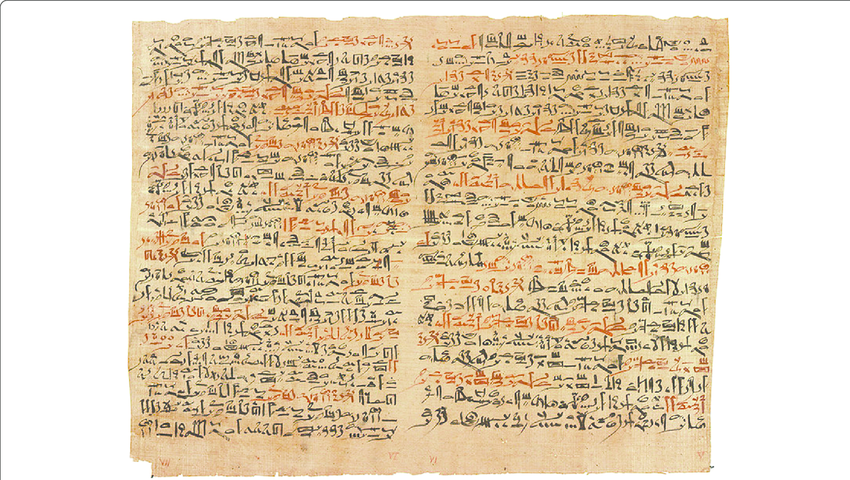

The Edwin Smith Papyrus Anatomical Distribution of Cases. For the remaining cases, a ‘ Treatment’ section is provided. In the Edwin Smith Papyrus, there are 14 instances of ‘untreatable’ injuries. The next section is the ‘ Diagnosis’, at the end of which is a verdict concerning the possibility of treatment, either favorable (treatable), uncertain, or unfavorable (untreatable).

This section usually begins with the formula “If you examine a man for…”

The text, unfortunately, ends here and thus injuries to the lower part of the body are not dealt with, with the exception of Case 48, which concerns ‘a sprain in the vertebra of the lower back’.Įach case is also organized in a systematic manner, starting with an ‘Introductory Heading’, which serves as the title of the case, followed by an ‘Examination’ or ‘Significant Symptoms’ section, which provides a detailed examination of the injury sustained. These cases begin with injuries to the head, and works its way down the body, dealing with injuries to the thorax and the spine. The Edwin Smith Papyrus contains a total of 48 cases which are systematically arranged. The Case Histories of the Edwin Smith Papyrus Breasted also noticed that the scribe (whose name has not been preserved) who copied the text made many errors, some of which were corrected in the margins. It was written using both black and red inks, the former for the main body of the text, and the latter for explanatory glosses.īreasted believed that the glosses (69 of them in total) were added a few centuries after the original text was written. The text is incomplete as its beginning and ending are missing. The Edwin Smith Papyrus was written in the hieratic script, the cursive form of the hieroglyphs, from right to left. Breasted himself speculated that the author of the original text might have been Imhotep, the renowned polymath and vizier of the pharaoh Djoser. It is commonly believed, however, that this papyrus is a copy of an older treatise, one that dates to the Old Kingdom, i.e. The Edwin Smith Papyrus has been dated to the Second Intermediate Period of ancient Egypt, i.e. When Was the Edwin Smith Papyrus Written?

In 1930, these, along with discussions, were published by him in two volumes. Breasted made a transliteration and translation of the Edwin Smith Papyrus. It was only in 1920 that another American Egyptologist, James Henry Breasted, was given the task of studying this work. When Smith died in 1906 this papyrus was given to the New York Historical Society. Unfortunately, he did not possess sufficient knowledge to translate it and the papyrus was left as it was for the next few decades. 13,000-Year-Old Bitumen Dental Fillings Found in Italy: Earliest Example of Dentistry Known to Date.Medical Astrology: Moon Fever and Diseases Sent from the Skies.Ayurvedic Medicine: A Traditional Knowledge of Life from India that Has Endured the Passage of Time.Smith saw through this deception but recognized that the two were part of the same manuscript and pieced them together. Two months later, the same people sold him the remaining fragments, which were glued onto a dummy roll. The first manuscript he bought had lacked some of its outer portions. As a matter of fact, it was sold to him in two parts. The Edwin Smith Papyrus was purchased by Edwin Smith in Luxor in 1862. The Edwin Smith Papyrus is notable for being the oldest known surgical treatise in the world and casts some light on the medical knowledge possessed by the ancient Egyptians. This papyrus is named after Edwin Smith, the American collector of antiquities who purchased the papyrus. The Edwin Smith Papyrus is a medical treatise from ancient Egypt.


 0 kommentar(er)
0 kommentar(er)
